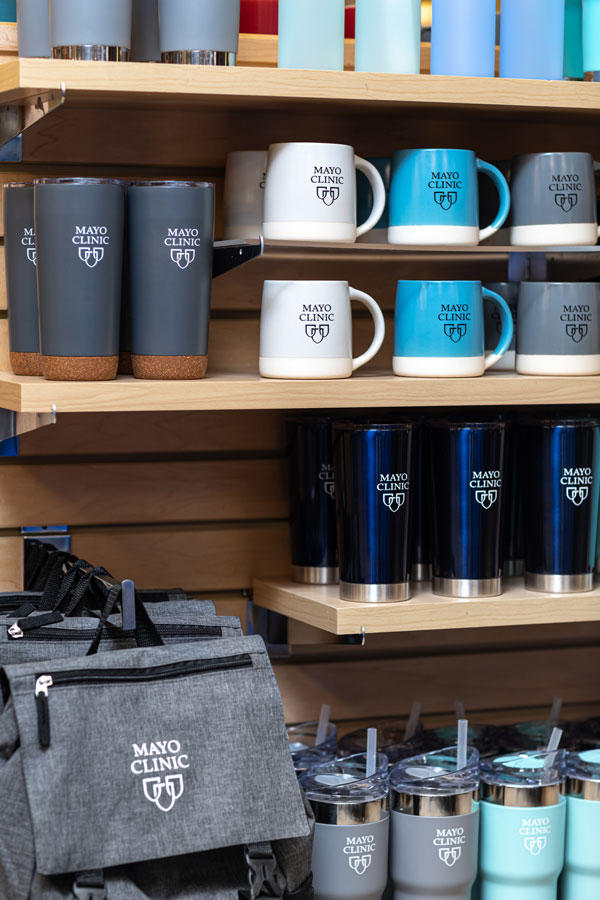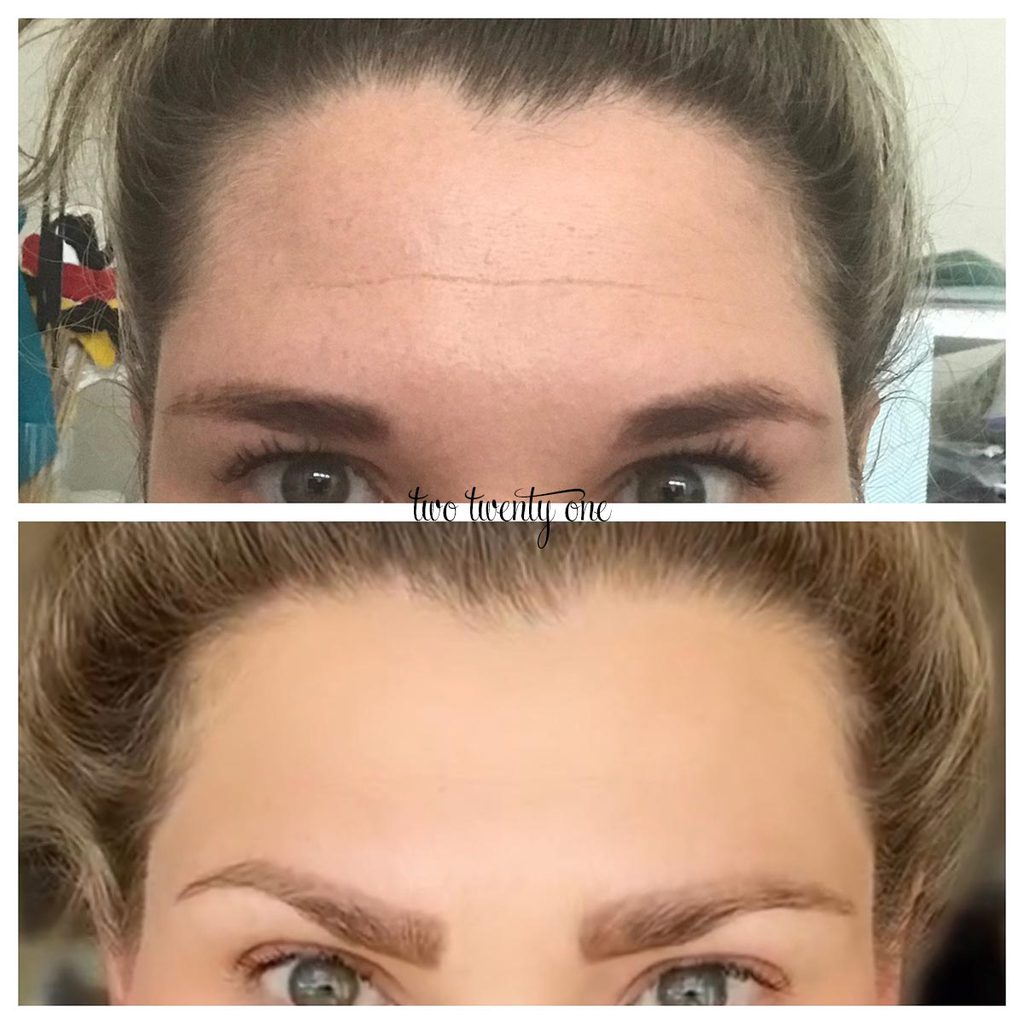
Before you hire a surgeon to do a fat-transfer to your face, it is important to know what to look out for in a doctor. You should find out details about the procedure such as the surgeon who will perform it, the pain level and the recovery time. In addition, you should ask how the doctor rates with prior patients. Ultimately, success depends on the skill of the surgeon. For now, you can read this article to learn how to find a great surgeon.
Candidate requirements
The requirements for fat transfer to your face vary depending on the procedure. Candidates must be in general good health, and should not have any chronic diseases. Smoking is a disqualification for this procedure, and patients must stop smoking prior to the procedure. To avoid complications and receive excellent results, it is important to quit smoking. Before you book your consultation, make sure to fully understand the risks and benefits of this procedure.
Candidates for this procedure should be healthy, with no other serious health problems. Patient must be realistic about their expectations and should also be young. Dr. Gardner will discuss with you the potential risks and benefits of fat transfers to the face. This consultation will help you determine if this procedure is right. You can also expect to be slightly bloated or lose some skin volume.

Time to recover
Patients will experience a different recovery time for fat transfers to their faces. Most patients can expect to be out of work or social activities for at least seven days after the procedure. During this period, the area will continue healing and swelling will continue to diminish until final results are visible. Although the recovery process is quick, it is crucial to allow enough time for all aspects to go smoothly. Final results should be visible after approximately six months.
The procedure is usually not accompanied by visible scarring. The fat is collected from the donor site using a thin tube called a cannula. The fat is then washed and processed. Sometimes, plastic surgeons will use a centrifuge for the processing of fat. The fat is then injected into the target area through the cannula. This process is repeated until the required amount of fat has been placed.
Pain level
There may be swelling and bruising around the fat harvest area after the fat transfer to the face procedure. You can reduce swelling by applying ice to the area within the first few hours following the procedure. Although swelling and bruising will increase over the next two weeks, most patients are ready to go out for meals and socializing within a week. Patients are advised to restrain their strenuous activities for the first two weeks in order to allow the fat to settle. The recovery process is quick and has minimal pain. Pain medication may be prescribed by your physician to ease the discomfort.
While it may be painful, there's no need to worry about infection. You will also enjoy a high level satisfaction. Prescription pain medications are not required for most patients after the procedure. However, there may be some swelling. Patients are advised to take some time off work in order to recover. Although it is less painful than a traditional facelift, it is still possible to have this procedure done. After the procedure, you'll need to take a few days off from work to allow your face to heal.

Cost
The average cost for a fat transfer to the face procedure will vary depending on the location, type and number of areas being treated. A procedure performed in an office is more affordable than one in a hospital. Depending on how awake you are during the procedure, the cost of this procedure may vary. Most patients fall somewhere between these two extremes. Here are some factors that affect the cost for a fat transfer procedure to the face.
The majority of fat transfer to facial candidates are healthy individuals trying to correct unflattering face wrinkles. Good candidates should have smooth skin and adequate fat in their donor area (usually the lower abdomen, thighs). A patient should have realistic expectations of the outcome. It is important to select a fat transfer procedure to your liking. A consultation is recommended prior to the surgery. Several factors should be considered before the procedure, including the quality of the donor site.